
Module 5: Spreading the word - Community reach
Spreading the word - Community reach
In this module, we’ll share practical communication tips and simple planning tools to help you build awareness of your project. By being strategic and intentional with your outreach, you can raise visibility, encourage participation, and keep your project’s momentum going.
This module will explore:
Building your key messages to tell your project story through an “irresistible narrative”
Mapping your key audiences, their values and preferred ways to connect
Creating a simple communication plan that outlines clear actions and accountability
Reflecting on your approach to grow your reach and improve your impact
Learning outcome:
By the end of this module, you’ll have a plan for promoting your project, reaching the right people, and keeping them engaged.
Introduction video
Why communicating your project matters
We often associate “marketing” with glossy advertisements or big budgets, but at its heart, it’s simply about sharing your story in a way that connects and sparks interest.
Whether you're just starting or looking to grow your reach, a thoughtful outreach strategy can help you:
- Get your message out and connect with your community
- Build excitement and trust around what you're doing
- Reach the right people who will support, join, or share your project

Planning project communication
We’ll build on the work you’ve done in Module 4 – Project Planning to map out how you’ll share your project with your community in a way that invites participation and support.
Together, we’ll explore five key areas to help you create a simple communication plan:
1. What is your key messaging?
What do you want people to remember or feel when they hear about your project? What information do you want them to know?
2. Who are you trying to reach?
Who in your community do you want to communicate with? Consider your ideal participants, supporters, or partners.
3. What are you trying to achieve?
Are you aiming to build awareness, grow your reach, or encourage involvement, or secure support?
4. How will you get the word out?
Consider which platforms, events, or tools will help you reach your audience in a meaningful way.
5. How will you measure impact and adapt?
Understand if your outreach is working and adjust what you can learn and improve over time.
Download this tool now and start to fill out as you read more about how to spread the word to your communities.
Key messaging
In Module 4.1, we identified your project’s purpose. In Module 4.4, you refined your pitch. By now, we hope you're feeling confident in spruiking your project and sharing what it’s all about!
Now it's time to take it a step further by building engaging key messages to help you share your project with your community.
These messages will support you when talking about your project, whether it’s a casual conversation, a poster, or a social media post.
Key questions:
1. How do you want your audience to feel when they hear about your project?
- Excited? Inspired? Curious? Moved?
2. What action do you want them to take? What is the outcome you want from your communication?
- Join in? Spread the word? Partner with you? Offer support?
3. For most of you, this will mainly be participation, but it may also be partnerships, support or awareness.
- What are the key messages you want people to know?
- What is the project?
- Who is invited?
- Where is it happening?
- Why does it matter?
Key tips:
Thoughtful, targeted communication helps your project cut through the noise and reach the people who matter most.
- Capture attention by speaking directly to your audience’s interests and needs
- Share success stories to inspire action and show what’s possible
- Tailor your message and remember that different groups need different approaches

Who are you trying to reach?
Remember when you identified your ideal participant in Module 4.1? We will now use that foundation to map how to best promote your project, both to your ideal participants and your wider community and stakeholders.
We start by understanding who the project is for. This helps tailor your messaging and choose the right platforms.

Secondary Stakeholders
Thinking beyond participants. Who else can help? Your project can grow with the help of stakeholders like local councils, schools, community groups, and more.
In Module 4.4, you identified key stakeholders who may be aligned with your project and captured information about their values, connection to your project, and potential support. As a reminder, you would have ended up with something like this:

Now, let’s take that stakeholder mapping a step further, and translate it into a clear profile to guide your communications approach. This next table summarises the most relevant details, what matters to the stakeholder and how they can help.

This step helps you move from general stakeholder analysis into targeted, practical communication planning.
Try using the Audience Persona Activity to dive deeper into who your audience is and how to connect with them.
Click to download the Audience Persona Activity worksheet (PDF)
What are you trying to achieve?
As you may have learnt in the Project Planning Module (especially Module 4.4: Communicating to Stakeholders), your messaging may need to shift depending on who you're speaking to and how you're communicating.
Using your list of stakeholders, clarify:
- The purpose of your communication (e.g. to inform, invite, build support).
- The key information that matters most to each stakeholder
By combining the key stakeholder profile with a tailored communication approach, you get a clear and actionable view of how to engage that stakeholder effectively.
The example below shows how to distil this into:
- What message to share
- What action you're asking them to take
- What success looks like if they engage

Key messaging
- Briefly explain what the project is about.
- Highlight the community benefits and how it supports local wellbeing, inclusion, or their local priorities.
- How it aligns with their goals, e.g. example, does it support active transport, social connection, or youth engagement?
Call to action
- Specific requests like promoting the program, connect you with a service, display a flyer.
Signs of success
- Tangible outcomes that show the stakeholder is engaged, e.g. being listed on their website, mentioned in a newsletter, referred by staff.
Tips
- Use plain, clear language that speaks to shared goals.
- Be specific and realistic about what you’re asking for.
- Define success in a way that’s easy to observe or measure.
How will you get the word out?
Our big step to building a communication plan is to fill in the details - the who, what, when and how.
To help guide your content, remember to:
- Capture attention by speaking directly to your audience’s interests and needs
- Share success stories to inspire action and show what’s possible
- Tailor your message as different groups need different approaches
- Choose the right platforms to meet your audience where they already are
- Use inclusive, clear language that’s easy to understand
And don’t forget:
If you’re sharing photos, quotes, or content publicly, make sure it meets any relevant copyright, media permissions, or grant guidelines.
We know your time is limited. Your Marketing Plan has a space to prioritise your audiences and marketing approaches to help you work out what will have the most impact.
Remember, you can’t reach everyone, so make sure you are being strategic.
Communication tools
There are many ways to spread the word, each with strengths and shortfalls. Think about how your target audience prefers to engage to choose the best communication tools.
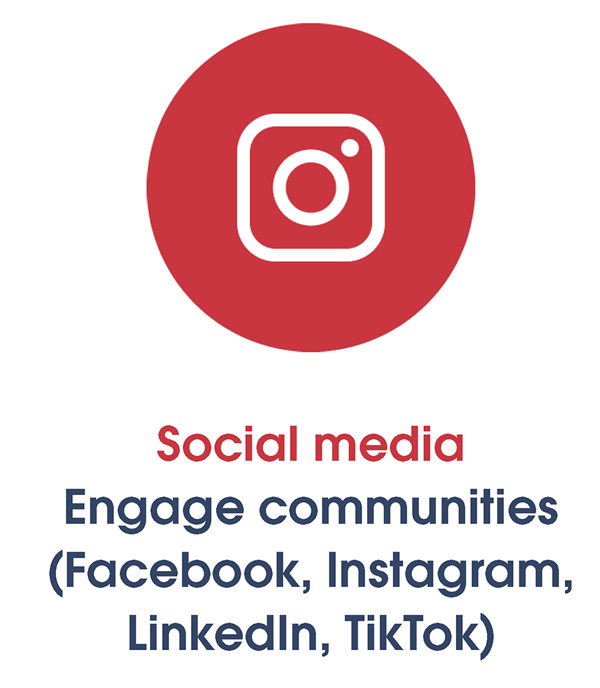
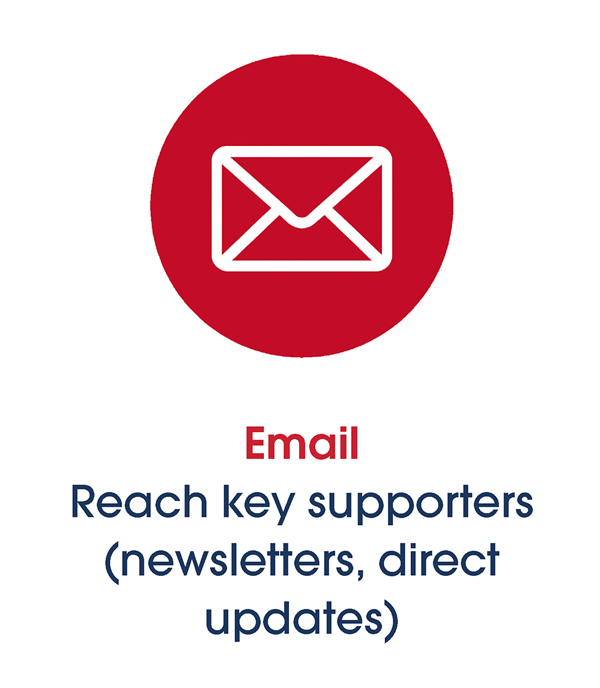
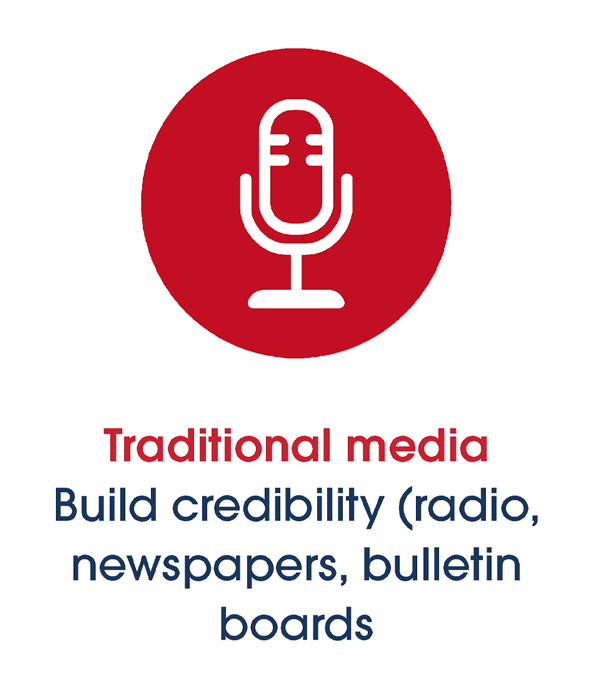
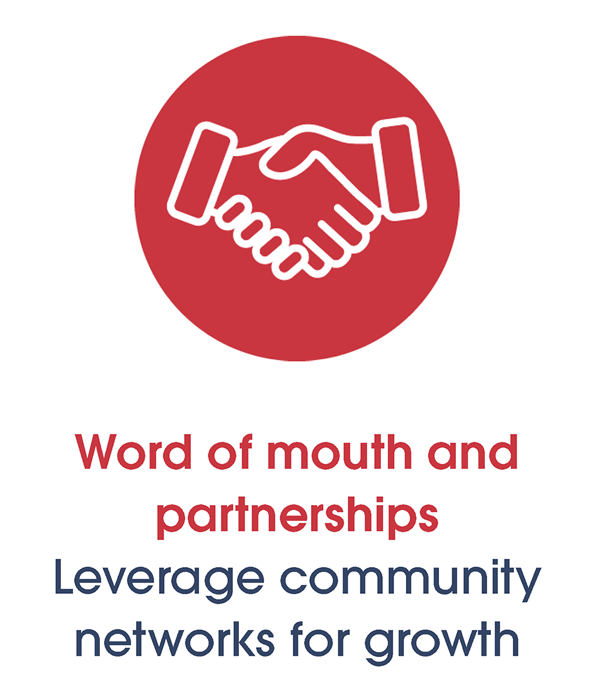
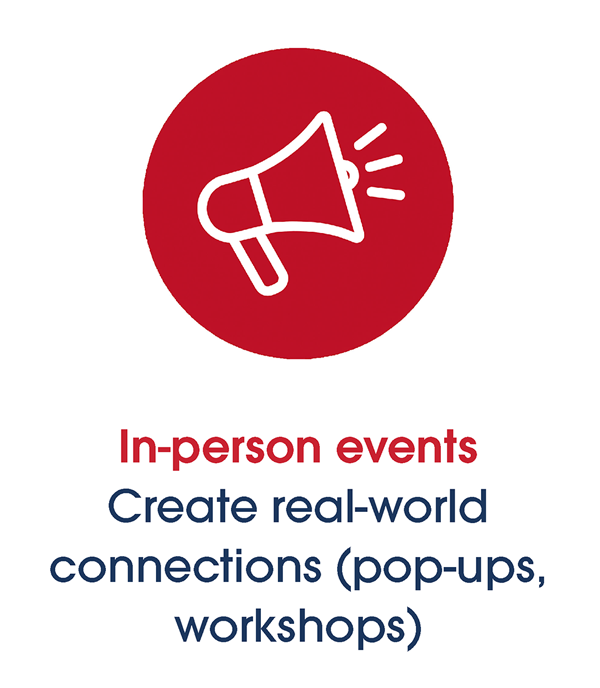
Choose the right platform for your audience
- Facebook and Instagram: Community engagement, event promotion
- LinkedIn: Business, councils, funders
- TikTok and Reels: Short-form video storytelling, building project awareness
- Flyers, in-person promotion: Local prospective participants
Example: Communications plan
Below is an example of how your completed communications plan might look, helping you prioritise actions, audiences, and tools.

Free and handy tools
There are a range of free or discounted tools available to help you promote your project more effectively, especially if you're working with limited time or budget. These tools can help you design content, manage communication, and schedule your outreach.
Tools include:
- Canva - Graphic design made easy, great for social media and posters
- Mailchimp – Free email tool for sending updates and newsletters to your community
- Later – Schedule social media posts ahead of time for Instagram, Facebook and more
- Grammarly – Helps you write clear, professional content
- Google Ad Grants – Not-for-profits can access free Google Ads (up to $10,000/month)
Tip: If you're a registered not-for-profit, always check for free or discounted pricing when signing up for a new tool.
We know your time is limited. Your Marketing Plan has a space to prioritise your audiences and marketing approaches to help you work out what will have the most impact.
Remember, you can’t reach everyone, so make sure you are being strategic.
Measure communication impact
Being intentional about how you promote your project helps you learn what works and improve your approach over time. You don’t need fancy systems, even simple check-ins can give you valuable insights.
Here are a few ways to track your reach and effectiveness:
- Growth of participation or interest
- Engagement with posts or event promotions (likes, shares, comments)
- Informal feedback or conversations with your network
- Yearly surveys or quick pulse checks
Don’t forget, measuring your success doesn’t have to be complex.
You’ll explore this more deeply in Module 6 - Monitoring and Evaluation for Change, but it’s helpful to start keeping track of small wins now.
Summary
We hope this module has helped you feel more confident in sharing your project with others.
Whether you're starting small or aiming big, having a simple plan for promotion will help you connect with the right people, grow your reach, and keep momentum going.
Remember:
- Spreading the word takes ongoing effort - not just a one-off post
- Social media is useful, but works best as part of a broader approach
- Tailor your message to your audience’s values and needs
- Storytelling helps create engaging content
- Learn from past successes and failures to improve
Learn from others
Want some inspiration on how other projects have shared their message and grown their impact?
Mapleton Movers: How two Friends and a flyer campaign sparked a thriving Heart Foundation Walking group
In 2019, two local residents attended a cancer fundraising morning tea in Mapleton, Queensland, where they were inspired to join a walking group.
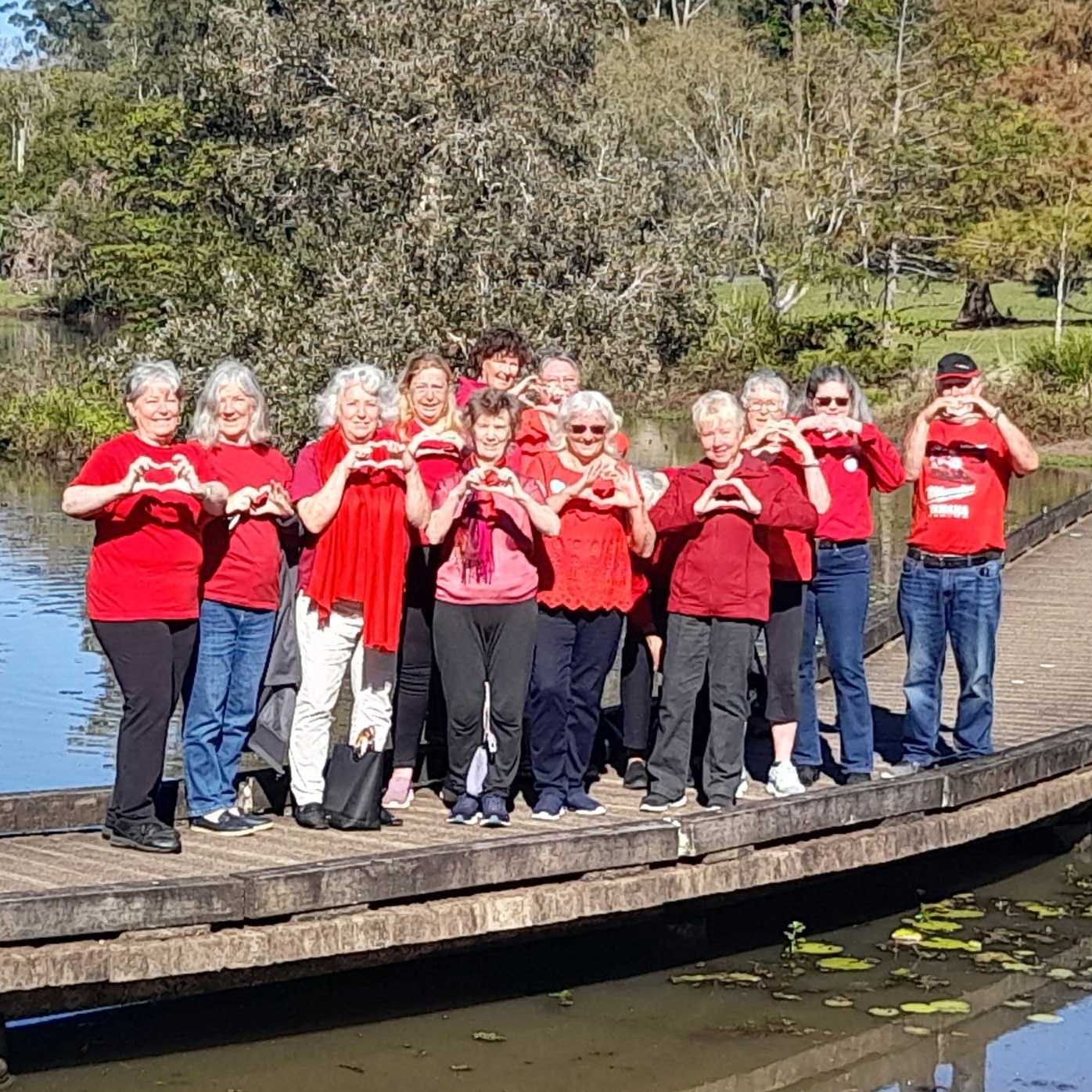
After discovering there were no existing walking groups in the area, they took the initiative to establish a new group through the Heart Foundation Walking Program—Australia's largest free walking network.
To spread awareness and gain interest in the group they launched a grassroots flyer campaign. Flyers were placed in high-visibility spots across town including the chemist, doctor’s surgery, physiotherapy clinic, supermarket, and post office. The community responded quickly and enthusiastically.
The walking group – now known as the Mapleton Movers – was formed within weeks. Since then this successful walking group has continued to steadily grow, attracting participants of all ages and fitness levels. Members have reported improved health, new friendships, and a stronger sense of belonging.
This story shows how initiative, collaboration, and something as simple as a flyer can spark enduring, heart-healthy change in a local community.
The Paddock in Castlemaine
Click to hear about The Paddock in Castlemaine, a community-focused housing project that built support through values-based messaging, local storytelling, and face-to-face outreach.
These examples show that there’s no one right way, the key is choosing an approach that suits your project, your audience, and your capacity.
